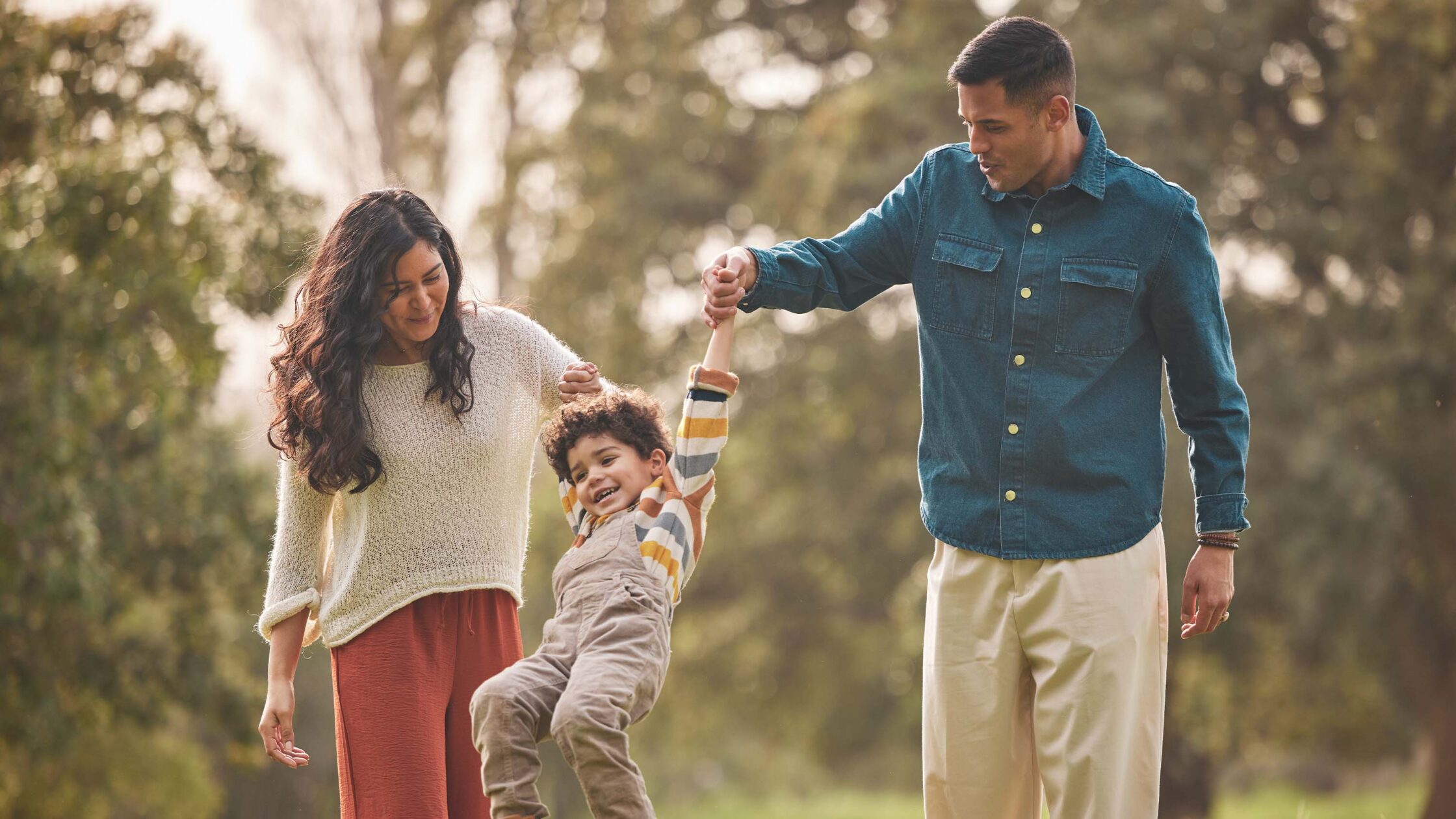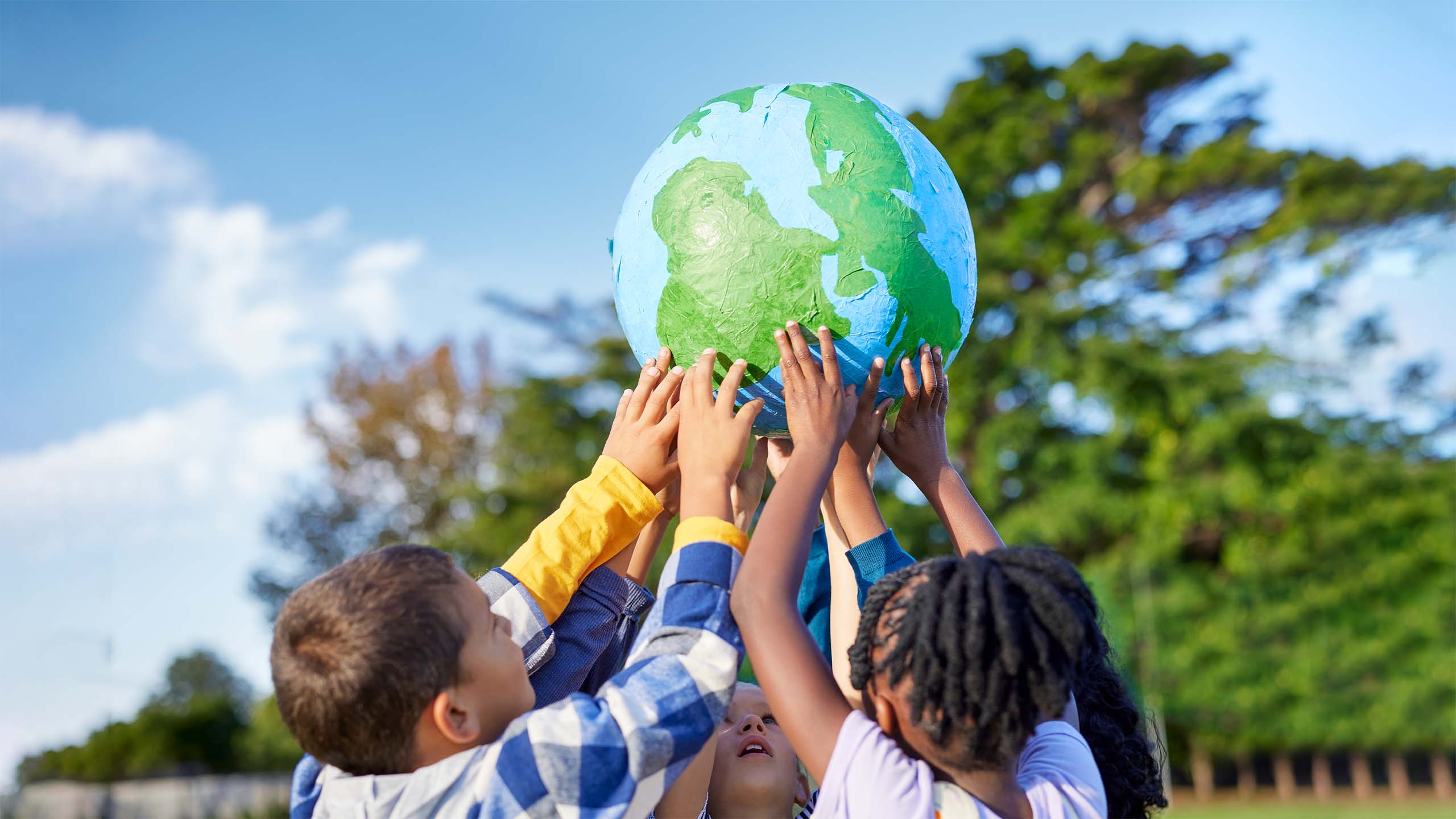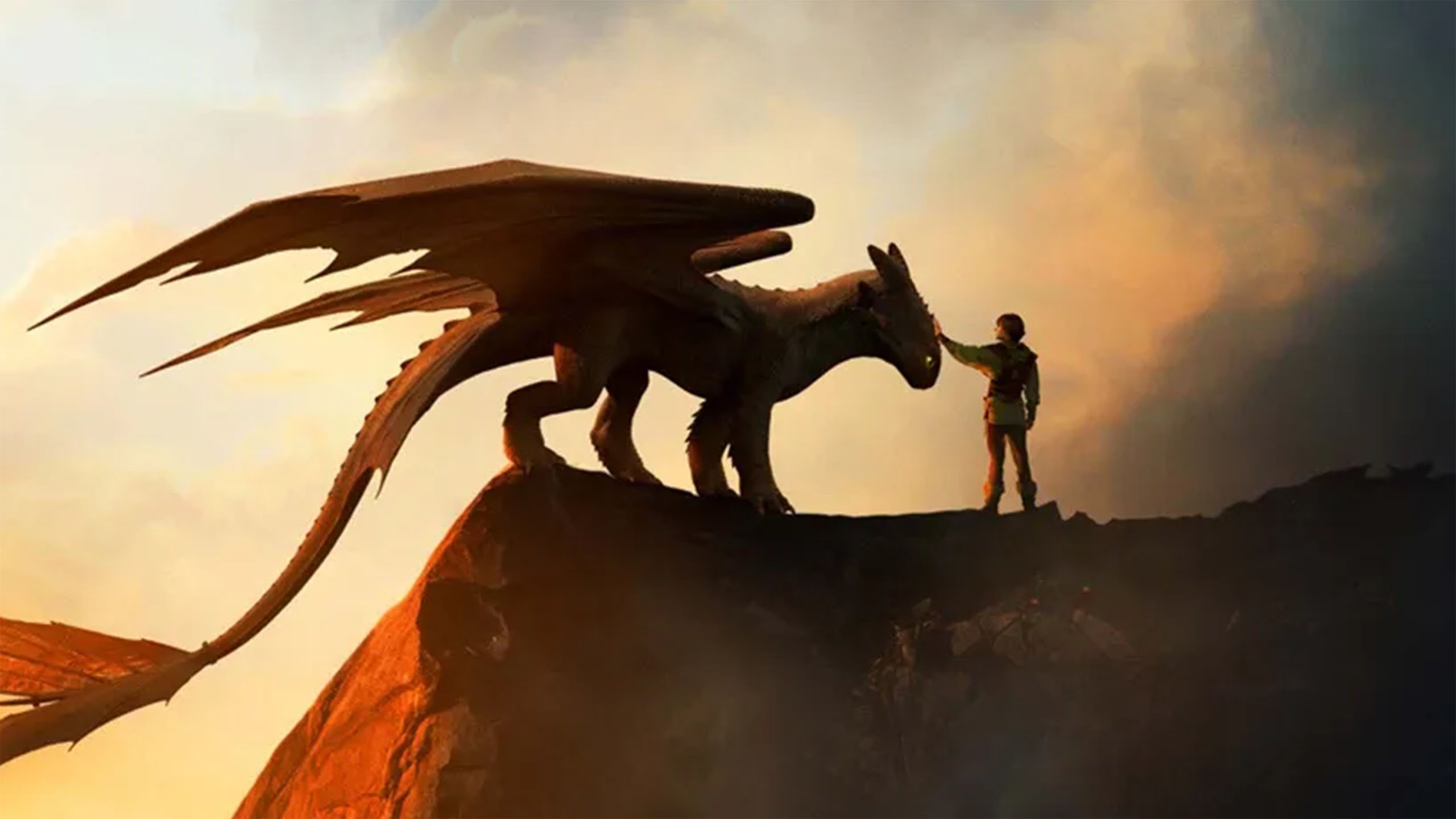Bridging the Gap: How Parents Can Empower Their Biracial Kids
Two different cultures, two different sets of practices — what can parents do to empower their kids to embrace their biracial identity?
Although a biracial identity isn’t uncommon in the Philippines (usually having a mix of Chinese or Spanish blood), we still have to balance some of the traditions and values that come with the cultures. While Filipinos, Spaniards, and Chinese are filial, the way they treat their family members may not be the same and can cause rifts. Like, Filipino-Spanish families are more than happy to let their kids have a bit of siesta time. But for Chinese Filipinos, not so much — the afternoon is usually filled with extra classes and chores.
However, the most obvious gap is the language. Most of today’s biracial kids will admit to only being confident in speaking English since it was taught in school. But when it comes to their native language, it’s usually limited to “hi,” “hello,” “goodbye,” and “where’s the bathroom?”
Biracial Families in the Philippines
Most biracial families and their kids will have the same origin story: their ancestors were immigrants who settled in their current home due to some extraordinary circumstance. Sometimes, it’s because they were looking for greener pastures. Others usually say, “things at home were bad” and leave it at that.
The Chinese families who live in Binondo (or what some of the old Chinese families call Ongpin) often trace their history back to the immigrants who fled China because of the rise of communism under Mao Ze Dong (Chua, 2004; Go, 2021). Fearing persecution and possibly death, some of the Chinese families that fled China back in the early 1900s even asked if they could take on their Filipino partner’s surname as their Western name. Hence, some Chinese families may have Filipino last names!
However, the most obvious is the intermarriage between the Spaniards and the Filipinos. While history books speak often of the peninsulares (Spaniards born in Spain) and the insulares (Spaniards born in the Philippines), we recognize them as mestizos and mestizas in today’s time (McDoom, 2019)! Some of our favorite celebrity parents like Marian Rivera are a prime example with her dad being Spanish and her mom, a Caviteña.
Filipinos from Mindanao may even have Indonesian and Malayan blood, bearing what appear to be Middle Eastern names.
Overwriting Identities to Adapt
Usually, families neglect their biracial identities not out of choice but simply out of lifestyle. As the saying goes, “When in Rome, do as the Romeos do.”
Since most of the Chinese who migrated to the Philippines in the 1800s settled in Tondo or the northern cities like Caloocan, they speak mostly Tagalog, Mandarin, and/or Hokkien. While Mandarin and Hokkien were meant for their families and other business partners from China, Tagalog was their usual to conduct business with the natives.
English became more prominent when America colonized the Philippines in 1898 hence why some Chinese Filipino descendants will notice that their great-grandparents speak only two languages: Chinese and Filipino. However, they still understand English — it’s just that they can’t respond in kind.
Thus, it sometimes falls to us to be the bridge between our kids and the older generation.
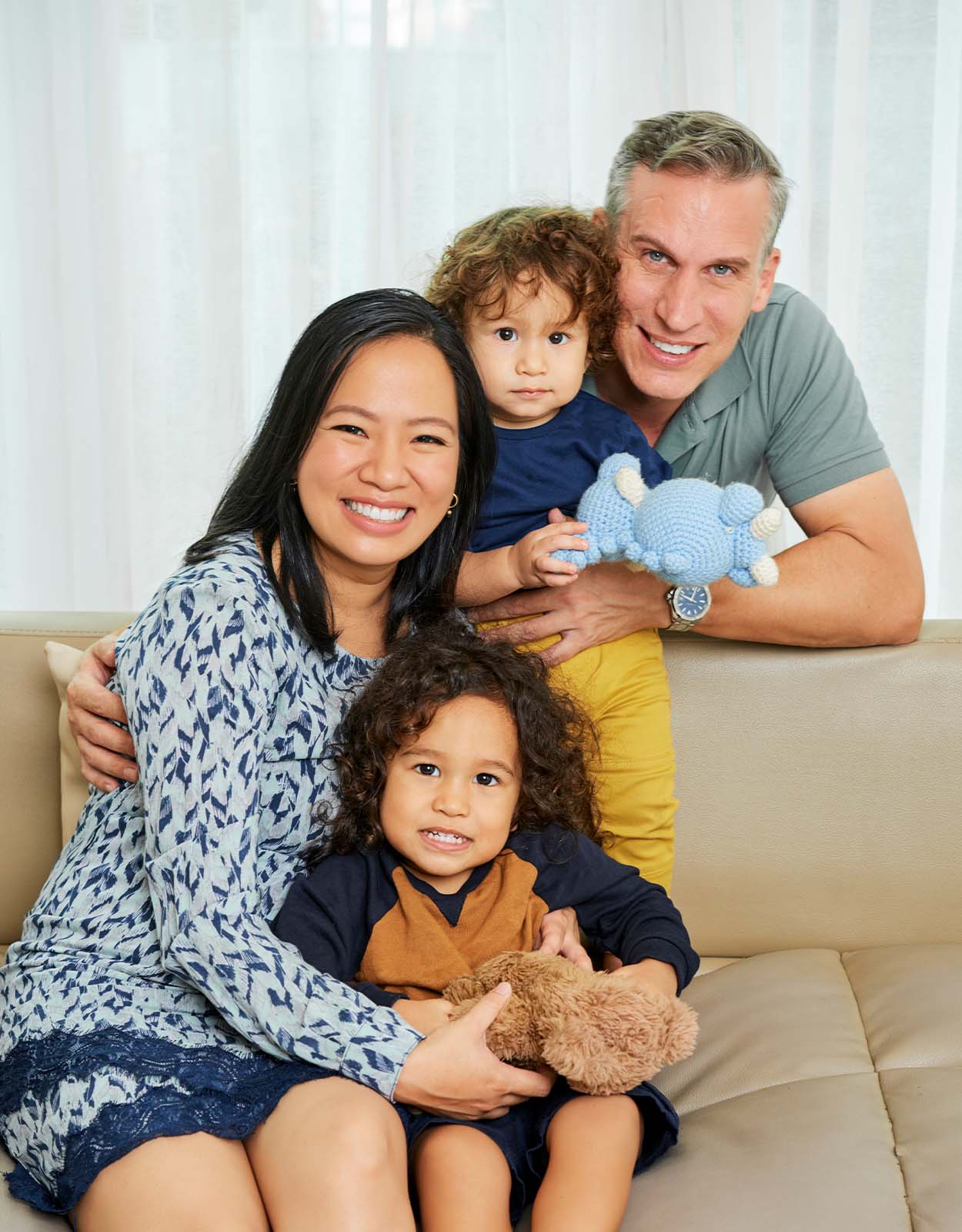
How parents can teach their kids to embrace their biracial identities
Being biracial isn’t our kids’ choice; it’s part of their identity. In the Philippines, the Chinoy have even established their community wherein they embrace being both Filipino and Chinese. It’s normal for them to attend various get-togethers based on different cultural standpoints which is how some of them can be quite open-minded to new adaptions. For us, parents, it can be quite difficult especially when we’re so used to one way or the other.
So teaching our kids to embrace their biracial identities is going to take some teamwork. Here are some ways we can go about it!
1. Avoid comparing family cultures and values negatively.
It’s almost reactionary to say something negative about our in-laws especially when their family culture and values obviously differ from ours. While it’s easy for us to distance ourselves, our kids have their blood. Their culture will eventually be apart from their history and comparing family values negatively may teach them to reject those family members.
Instead, remind them that some families do things differently. What works for them may not work well for us.
2. Try to learn our in-laws’ language.
Learning our in-laws’ language with our kids, especially if it’s not the typical Tagalog or English, makes the learning more fun! It’s something that we can bond with our kids over especially when they’re taking it in school. For sure, the funny accents will get the whole family cringing and rolling all over the floor laughing but it’s those memories we’ll want to keep.
Besides, learning our in-laws’ language helps build rapport faster on the other side. It shows effort and everyone appreciates that. Even if we sound funny for the first few weeks!
3. Expose them to the practices little by little.
Every culture has its long list of practices and exposing those to our kids introduces a new snippet of their biracial identity. Parties are usually where it starts with all the food and games. Like for New Year, Filipinos have loud noisemakers and celebrate from December 31 to January 1. On the other hand, the Chinese celebrate theirs on either the last week of January or February, depending on their calendar.
It can feel draining on the social battery but showing them these practices helps them have an identity, especially with the world is always changing.
4. Avoid sticking to celebrating traditions in one way.
Some of us take comfort in the traditional-style celebrations — whether it’s just easy to clean up after or for familiarity. But with our kids exposed to other cultures, they can have different views which can make us feel insecure. When they don’t enjoy it, it may sometimes feel like an attack on our parenting and our identity: did I not teach my kid well enough?
When this happens, remind ourselves that traditions were created based on what existed during that time. And the tradition we’re celebrating now, it may have undergone various changes too!
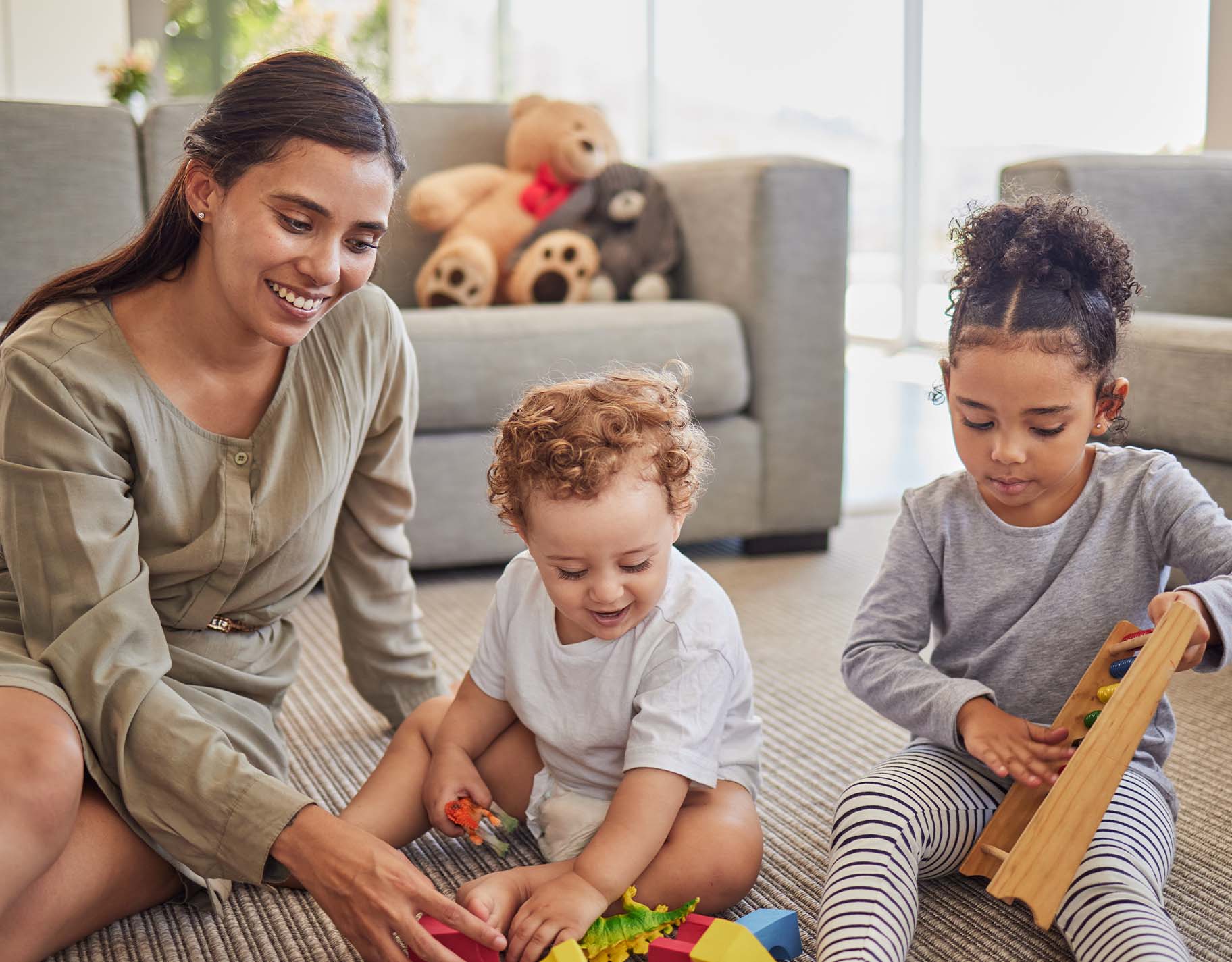
Growing up biracial: a little bit of this, a little of bit of in-between
It can feel confusing for most kids especially when they’re required to adapt to different social situations. One culture is already difficult enough to navigate with all the various practices, values, and patterns. Adding another to the mix isn’t easy for them to balance, especially with their developing brains. Our job is to control how much information comes in. That way, they’ll understand it better.
Besides, nobody learns from an info overload! Or in this case, a cultural shock!
References
Chua, D. A. (2004). From Chinese to Filipino: Changing identities of the Chinese in the Philippines (Doctoral dissertation, University of British Columbia).
Go, G. D. (2021). Philippine Government Policies Towards Chinese Immigration (1949–1975). TALA: An Online Journal of History, 4(2).
McDoom, O. S. (2019). Inequality, ethnicity, and status in a ranked society: Intermarriage in Mindanao, the Philippines. Research in Social Stratification and Mobility, 59, 71-80.
How some parents handle biracial living
Switz It Up With “Glamma” Pamela Gotangco Hupp
The Real-Life Fairy Godmother: Inday Shopper
The Changing Faces of Chinese-Filipino Families: The Life of A Chinoy/Chinay
